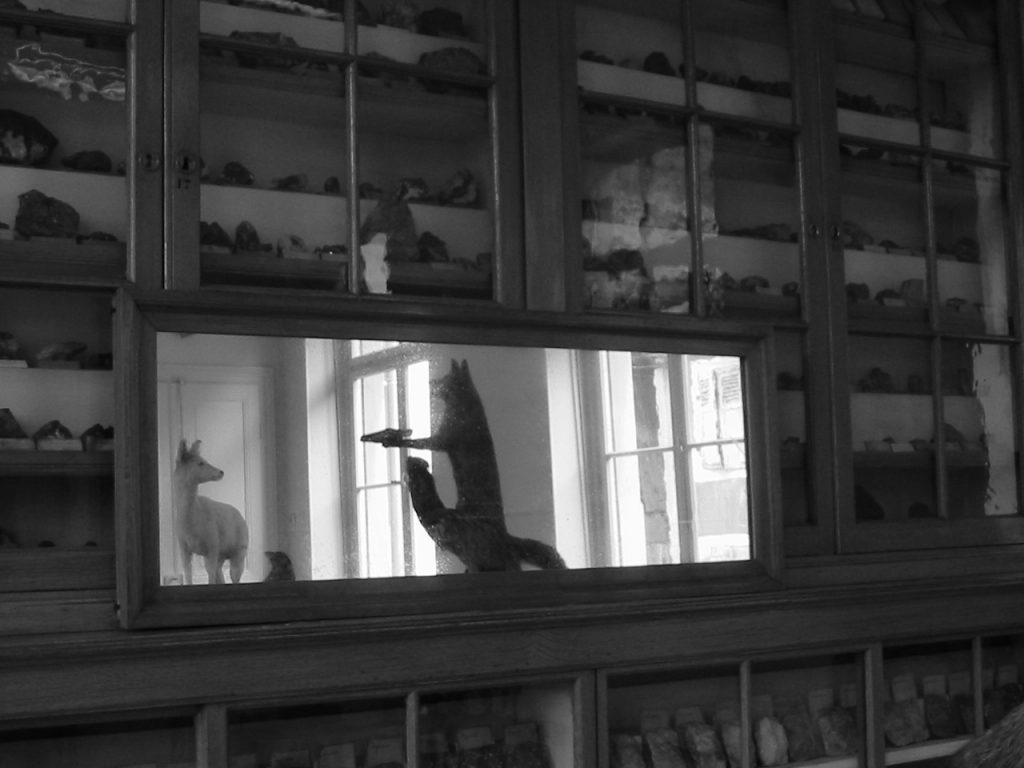
Bruxelles, le 21 septembre 2001
A l’heure où j’écris ces quelques lignes, à deux pas du Botanique où Kat Onoma joue ce soir, Salvatore Puglia doit être en train d'”installer”, comme on dit, son petit “Museum d’Histoire Industrielle” dans les locaux de la Société Industrielle de Sainte-Marie-aux-Mines.
Ce lieu en cours de rénovation, nous l’avons visité ensemble il y a trois semaines, tandis que nous préparions le festival “C’est dans la Vallée”. Il était tombé dans l’oubli. Ce fut comme pénétrer dans un sanctuaire abandonné: ce vestige poussiéreux d’un âge d’or industriel nous apparût, dans son absence d’apprêt, comme une sorte de musée parfait. Je crois que nous avons soudain partagé une vision: ce pur concentré d’histoire, cette archive intacte, avait aussi l’aspect d’une oeuvre d’art. Un petit musée d’art contemporain, signé par personne, fait de rien d’autre qu’une matière de signes.
Salvatore Puglia fut, avant d’être un artiste, un historien. Un tel lieu semble s’adresser à lui. Son travail d’artiste l’éloigne infiniment de ce qu’on appelle les arts plastiques, parce qu’il est de part en part traversé par le signe d’histoire, le temps en général est littéralement ce qui leste (de plomb) chacun de ses gestes d’art. A l’inverse, son rapport intime à l’histoire, d’une exceptionnelle intensité, est paradoxalement ce qui lui intima un jour d’abandonner sa profession d’historien (la tranquille explication des signes), et le jeta dans l’aventure d’un tout autre tracé, celui de la vie d’artiste, expression qui en ce qui le concerne n’a rien de désuet. Les nombreux tours et détours de sa magnifique pérégrination l’amènent aujourd’hui à croiser brièvement ce lieu, en ce moment même.
Je ne sais pas quel geste (à la fois hâtif, improvisé, et médité, selon sa manière),il est en train de tracer pour nous l’adresser en retour, dans l’amitié. Je me réjouis de le découvrir. Je le comprendrai sans comprendre, comme d’habitude. Un signe sans explication.
Rodolphe Burger
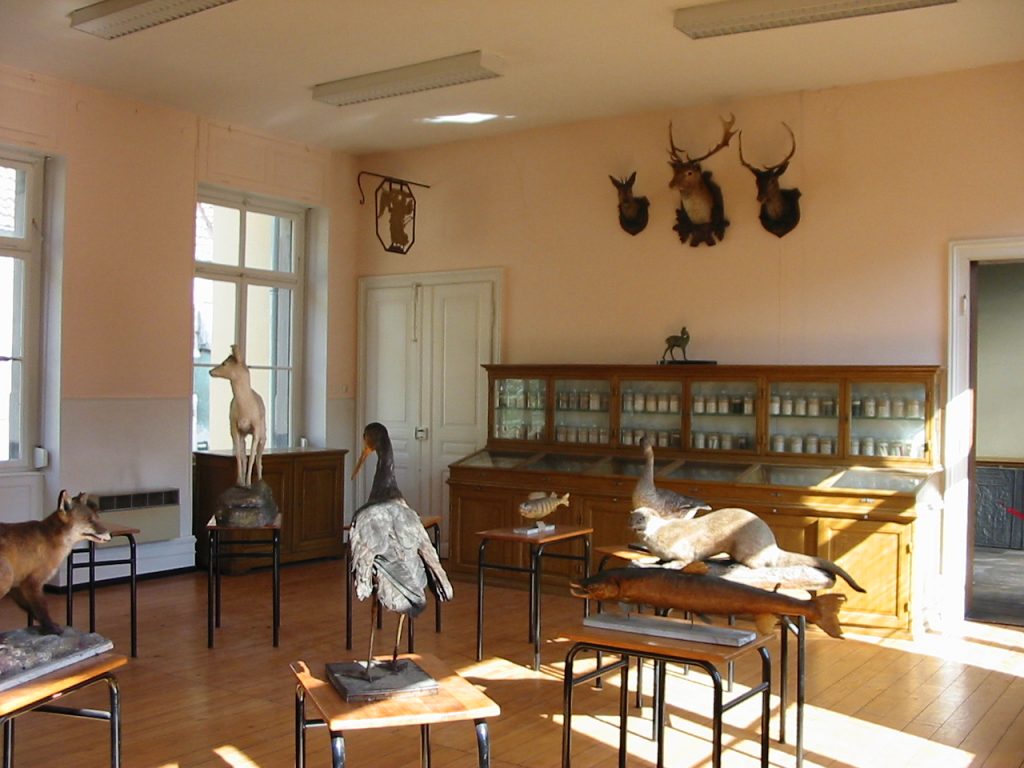
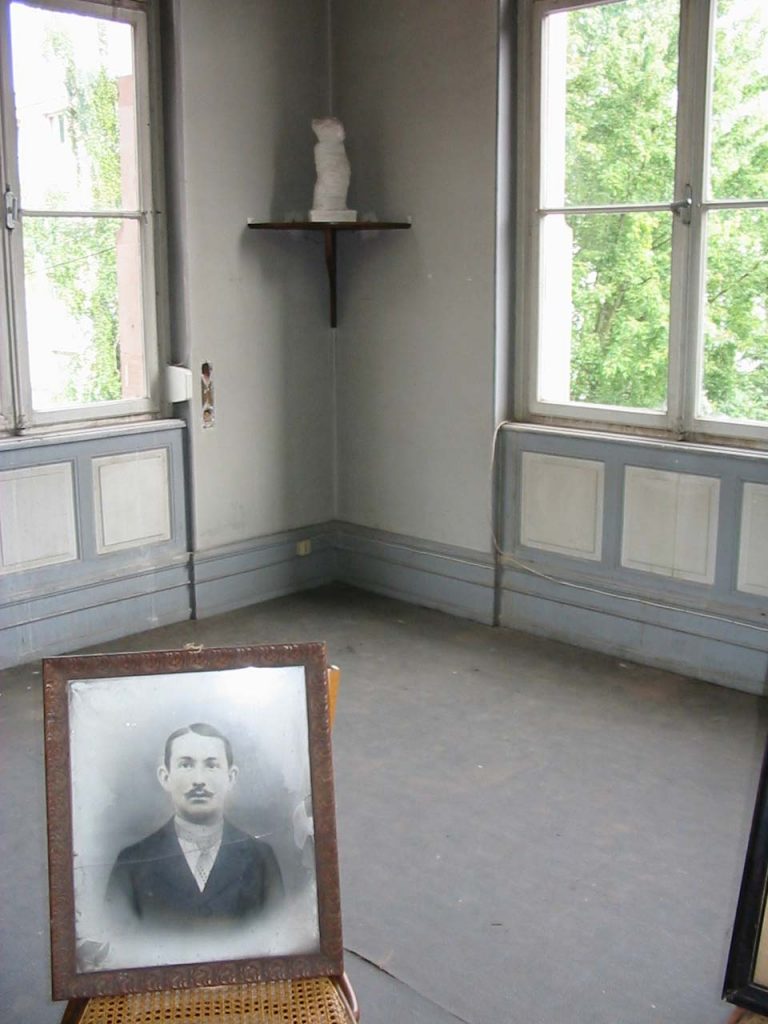
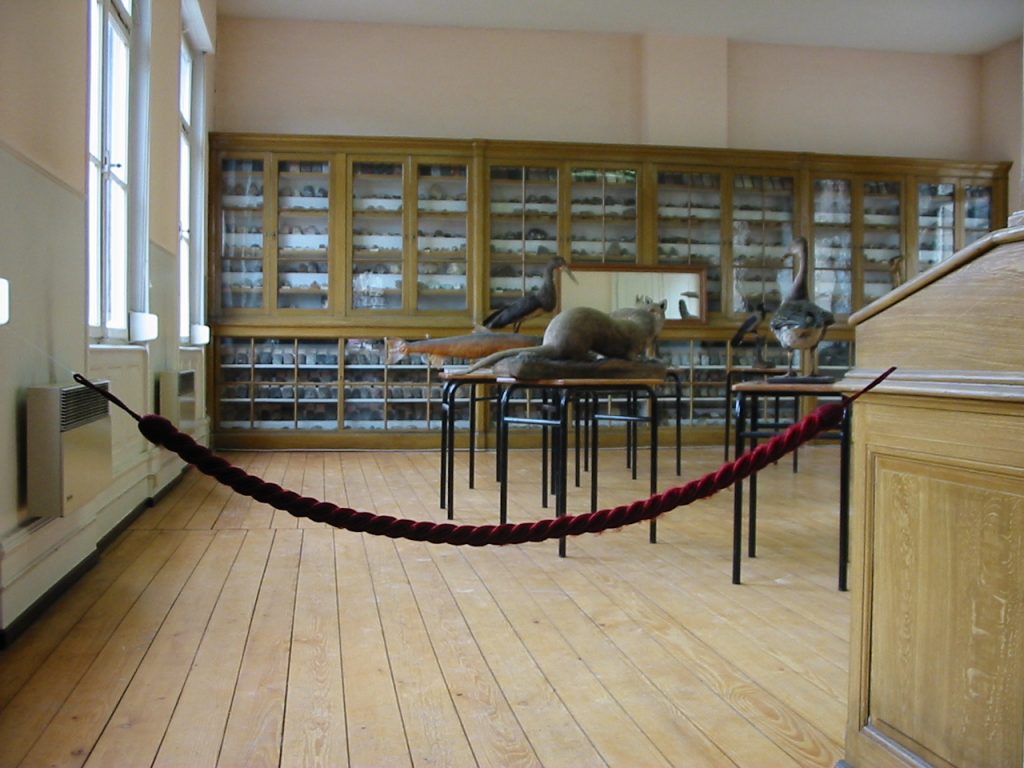
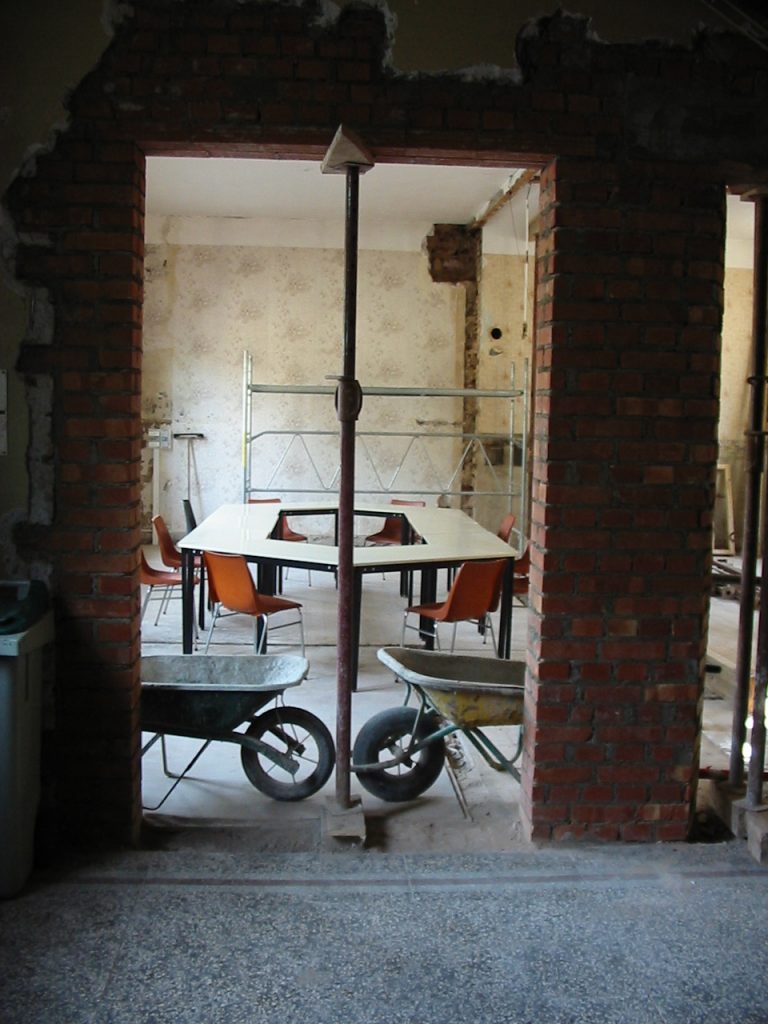
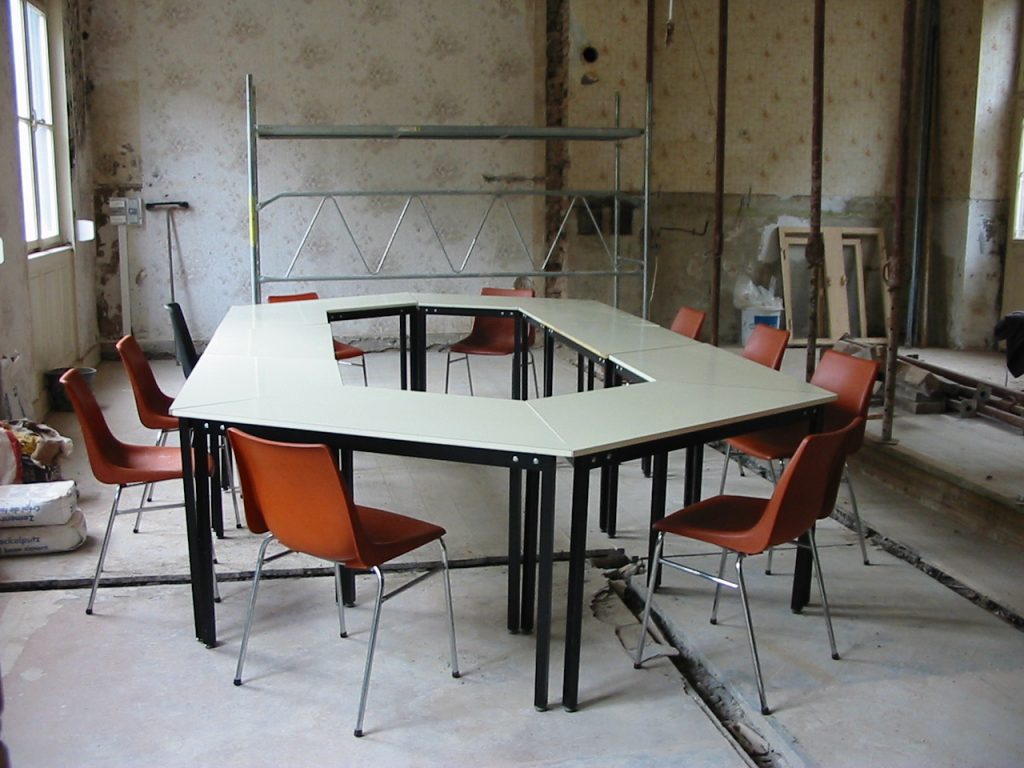
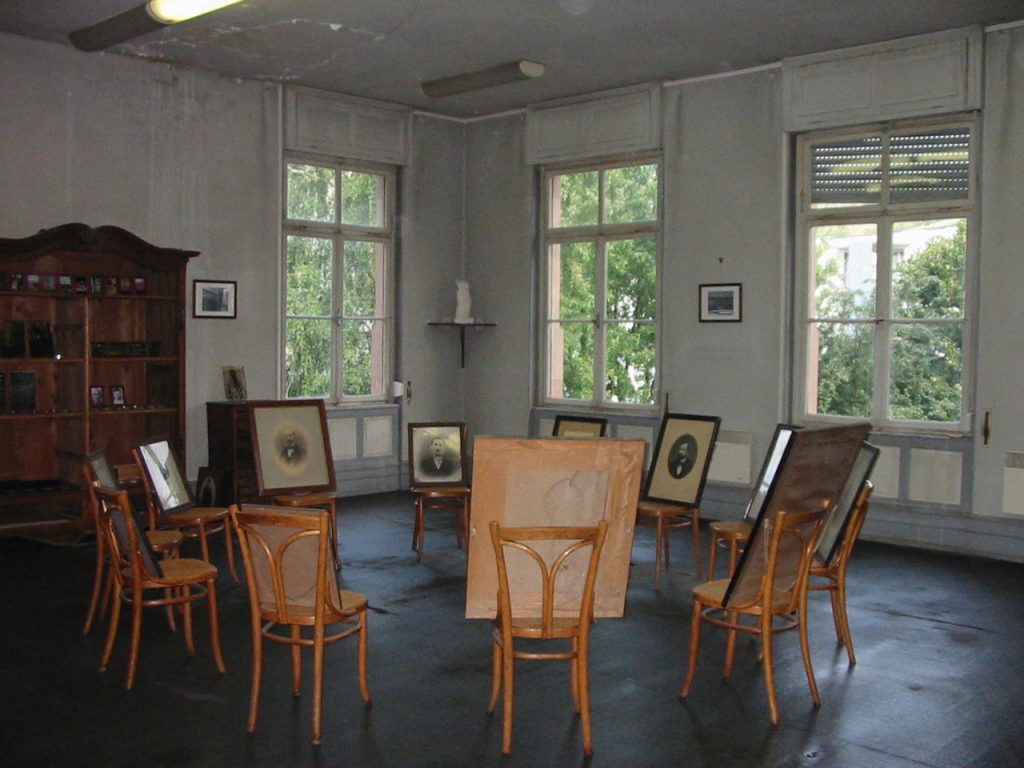
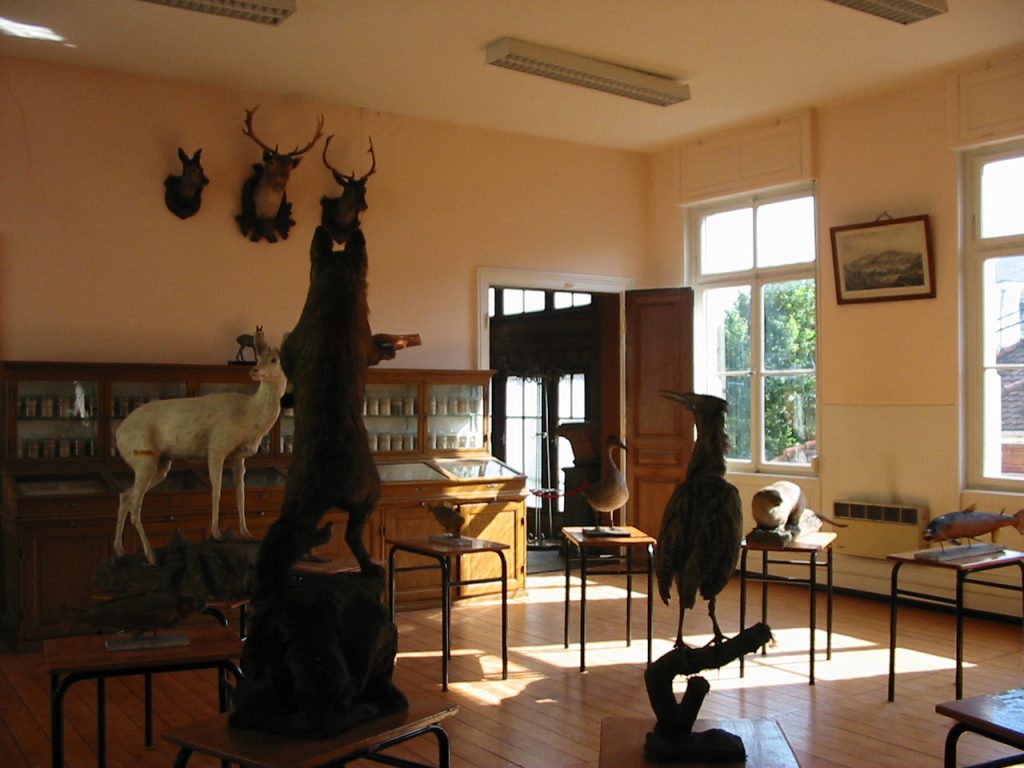
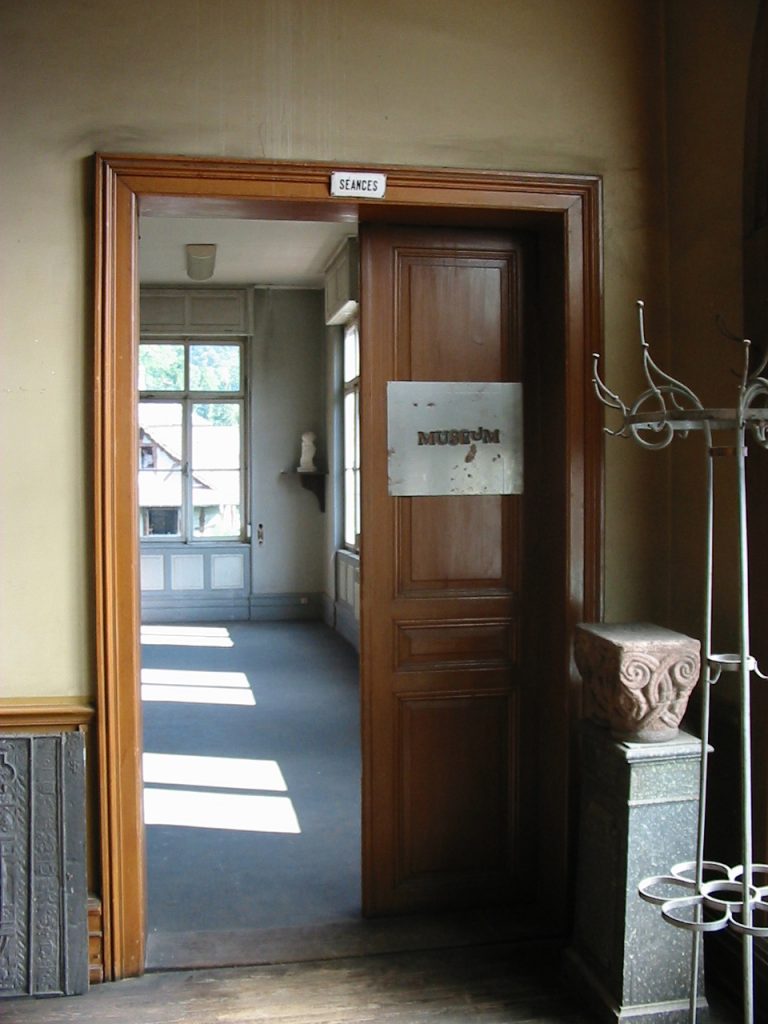
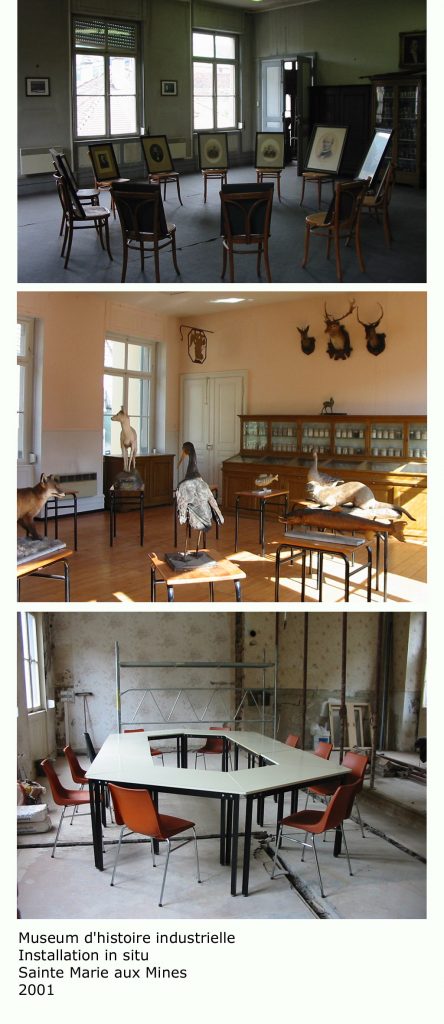
At the beginning of the twentieth Century a Society of Industrials was a place for the organisation of the production and the control of the working class, but it was also a kind of club for wealthy and enlightened individuals who, before their death, would bequeath their mineralogical, botanical, naturalistic or archaeological collections.
In an installation at the Société Industrielle of Sainte Marie aux Mines, in Alsace, I did set up three parallel disposals, according to a simple principle of displacement. Having had free access to the whole building, which, following the industrial crisis and the obsolete role of the Société, was undergoing partial demolition and reconstruction, I found under the roof and in cellars a large quantity of left over material: herbaria, archive files, fabric patterns and samples, fragments of statues, old portraits.
I displaced these various objects from one space to the other. I gathered portraits of the old Society presidents in the former meeting room – each one on his own chair. In a second meeting room, which is currently being used, I composed a circle of stuffed animals (somehow recalling a La Fontaine’s story). On the ground floor, in a space which is being demolished I reconstructed a modern meeting room furnished with iron and plastic tables and chairs – clean and ready to use.
In this way I experimented with different approaches to the question of creative displacement: I tried variations of it that would not be just simulative or utilitarian – as in the two previous examples of the vagabond’s shelter and the statues in storage- but, rather, estranging.